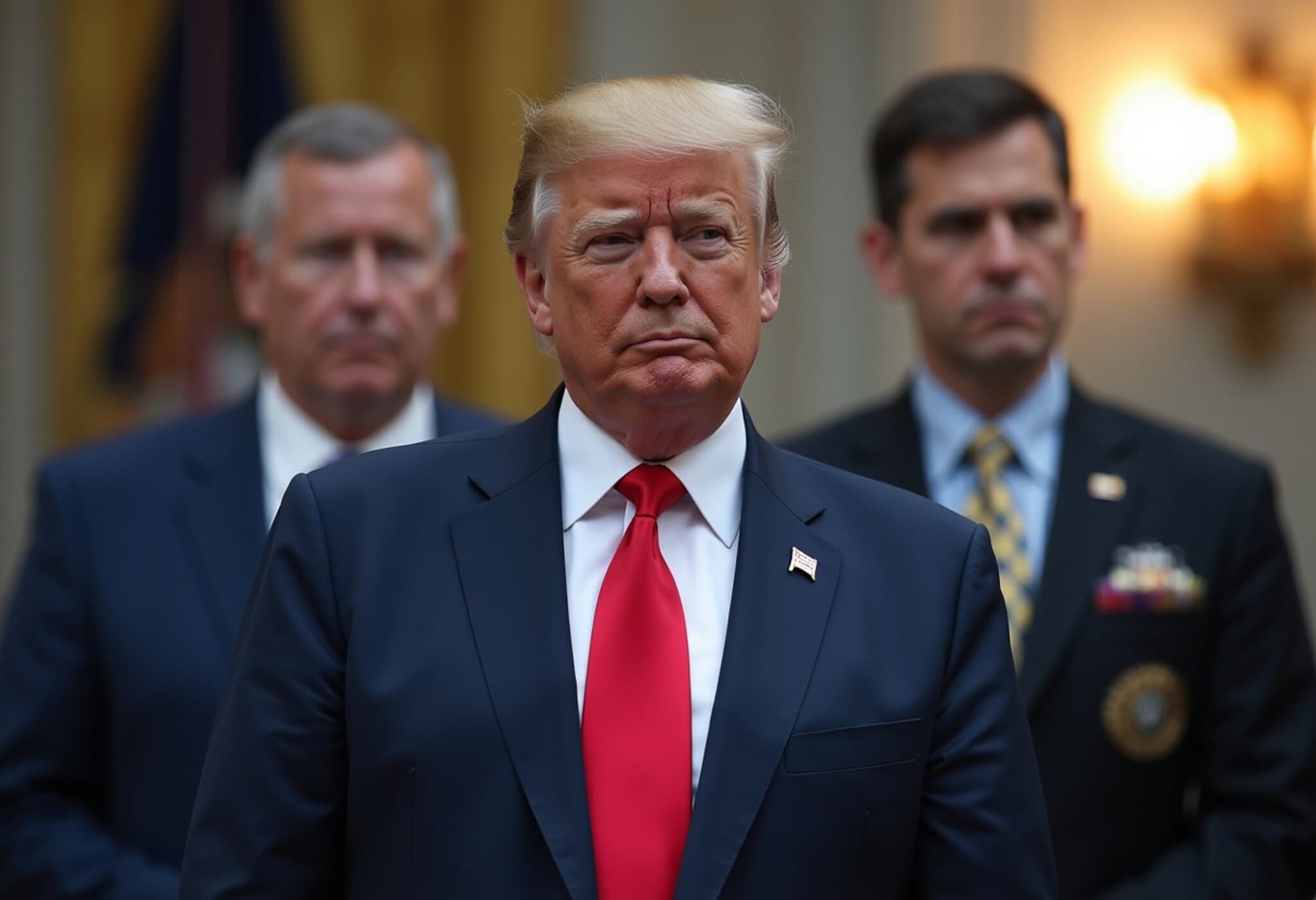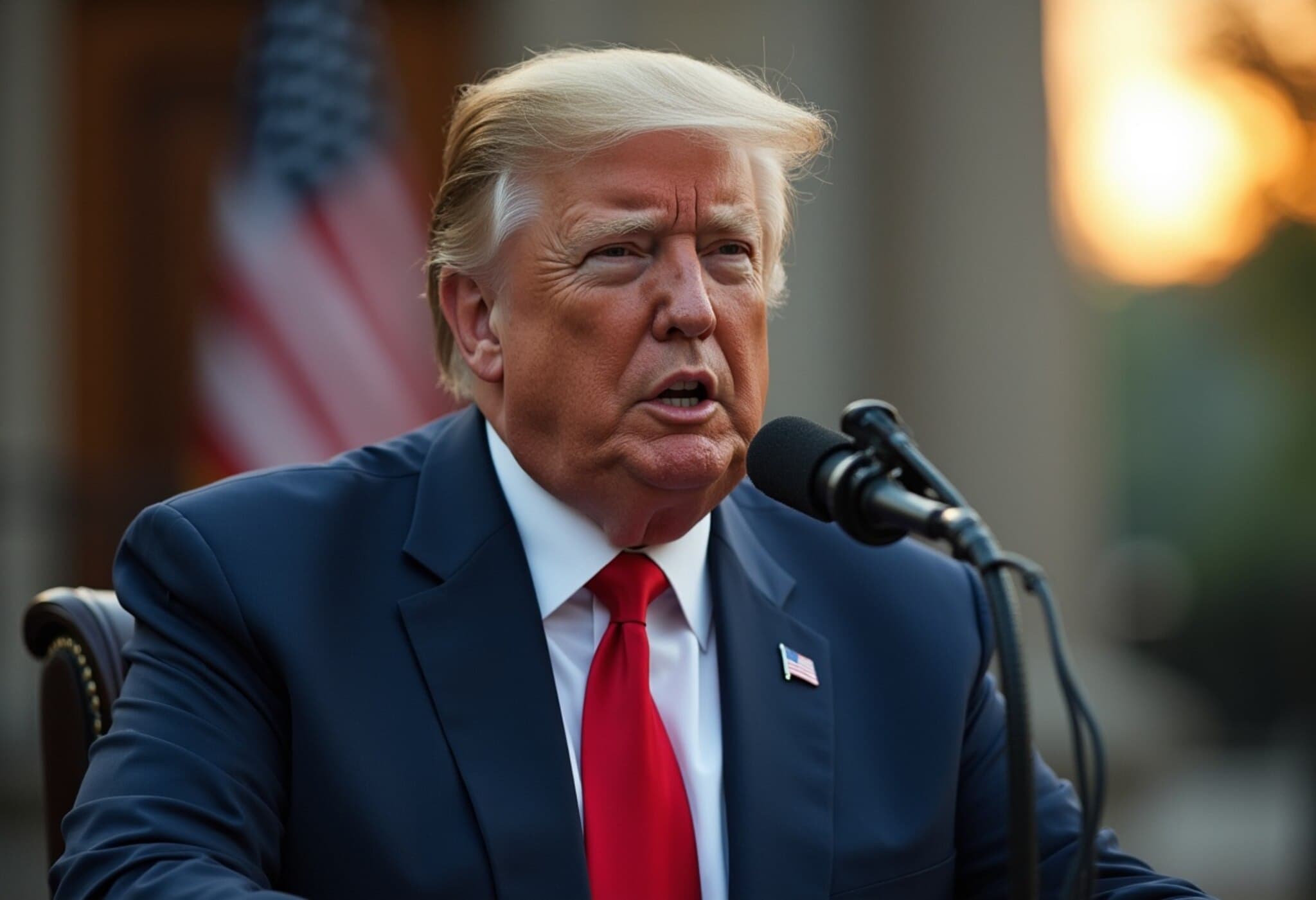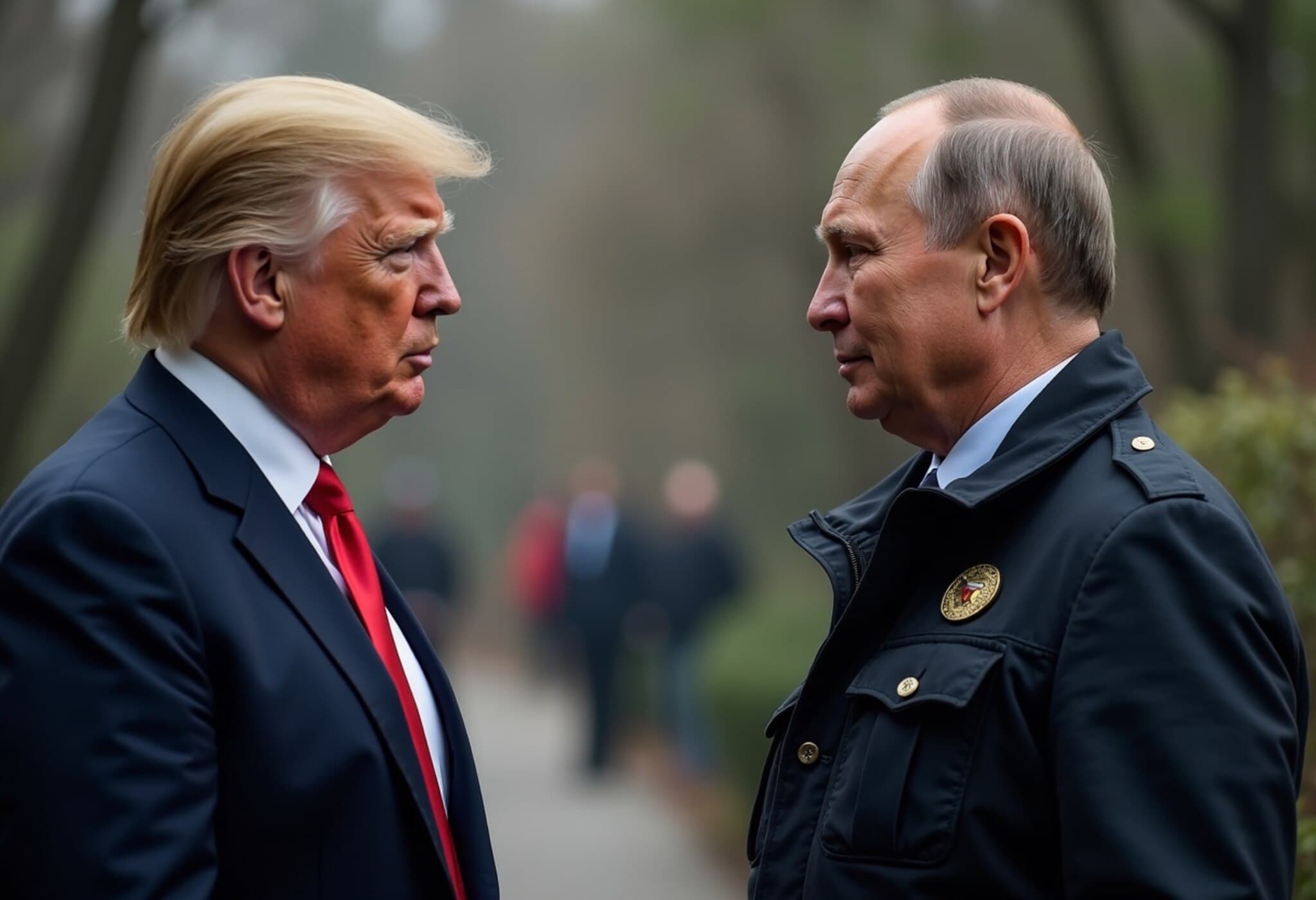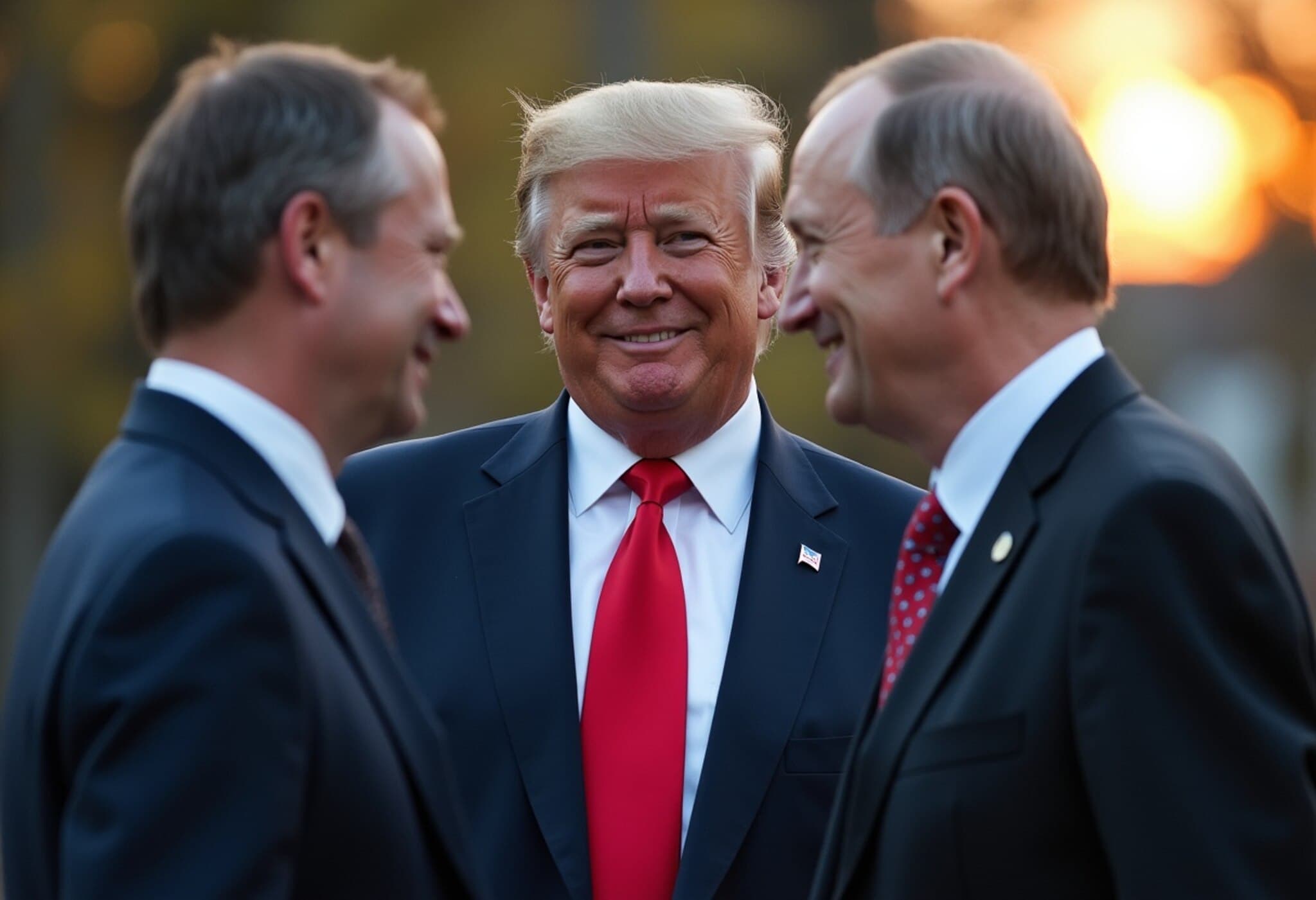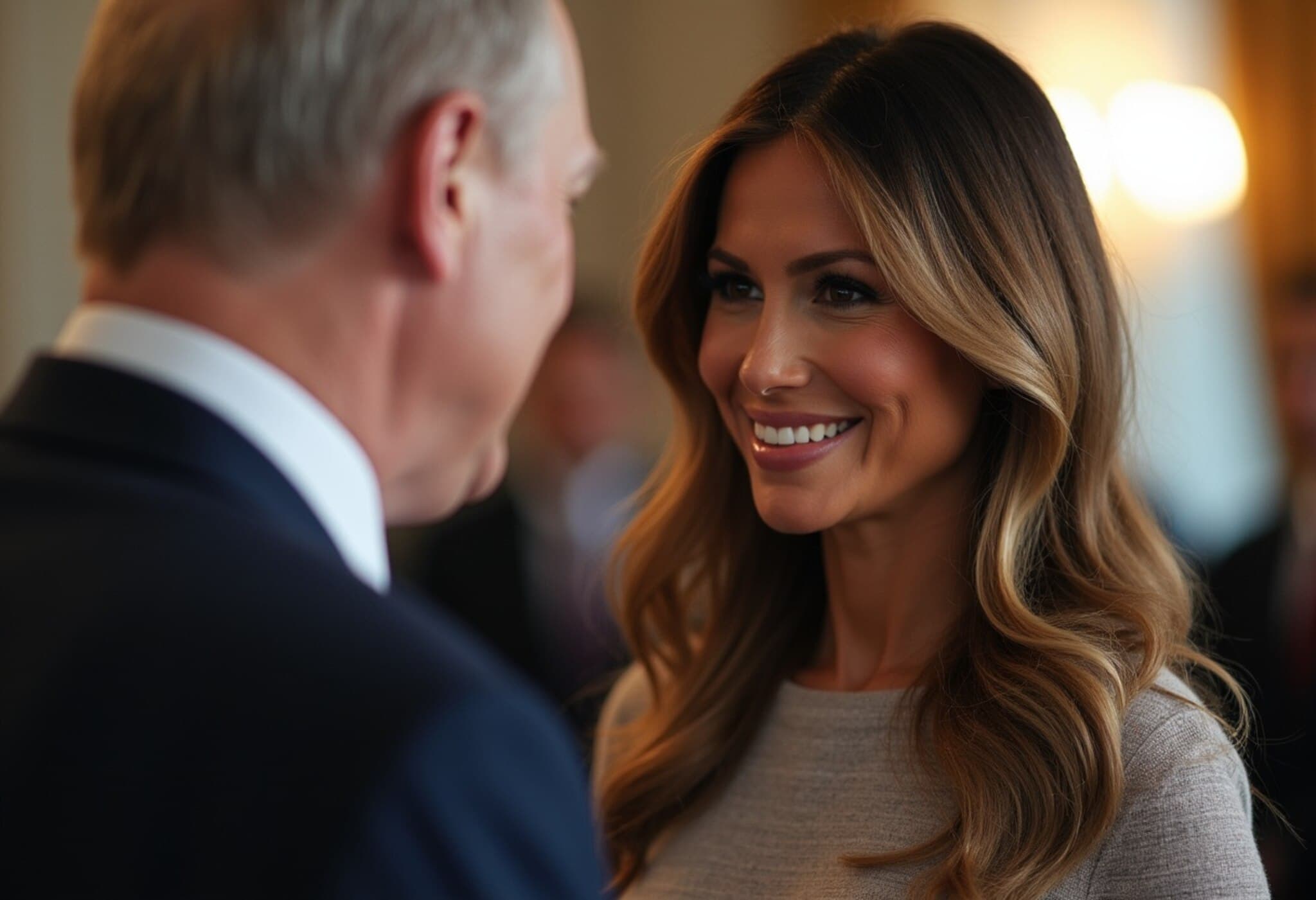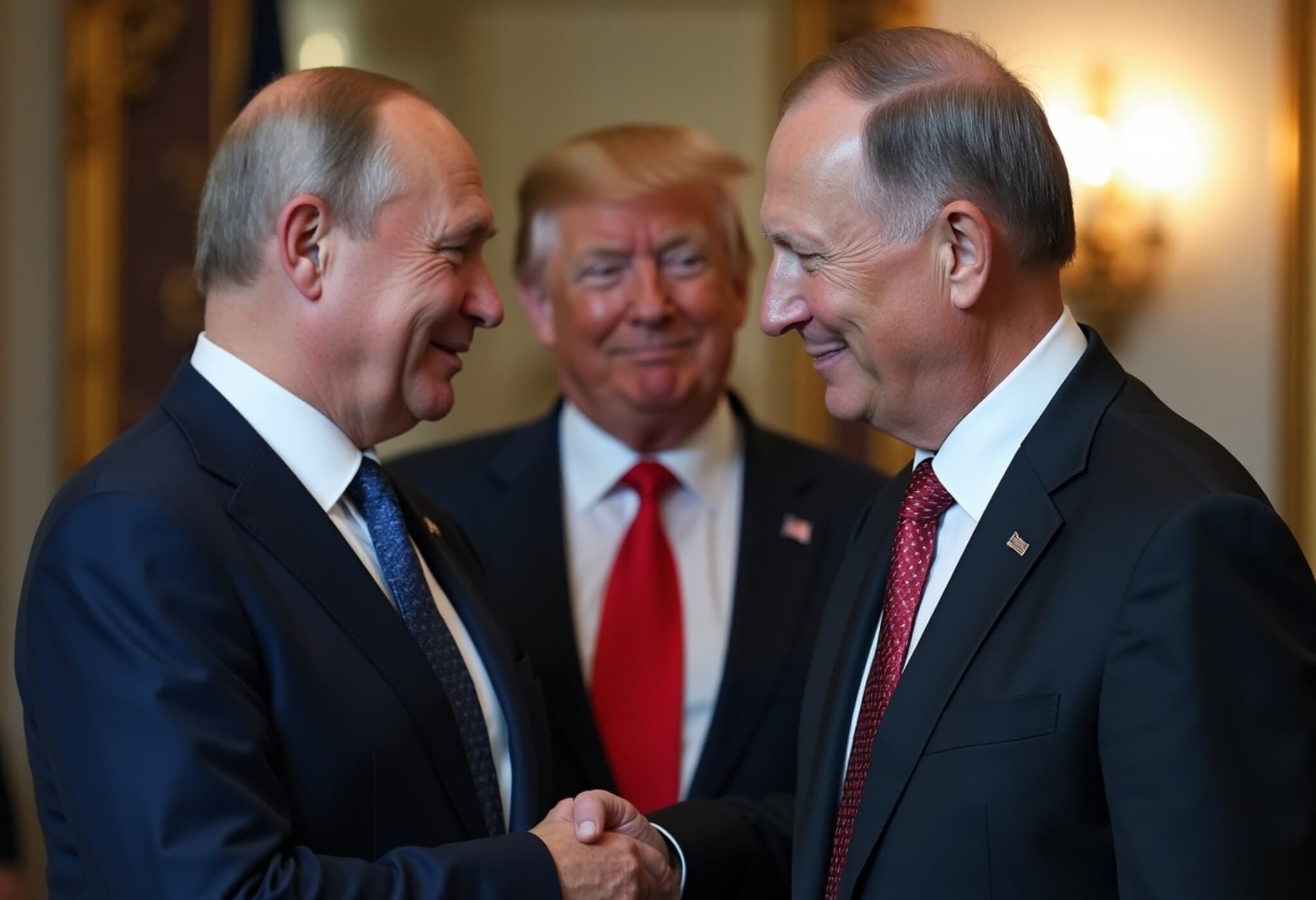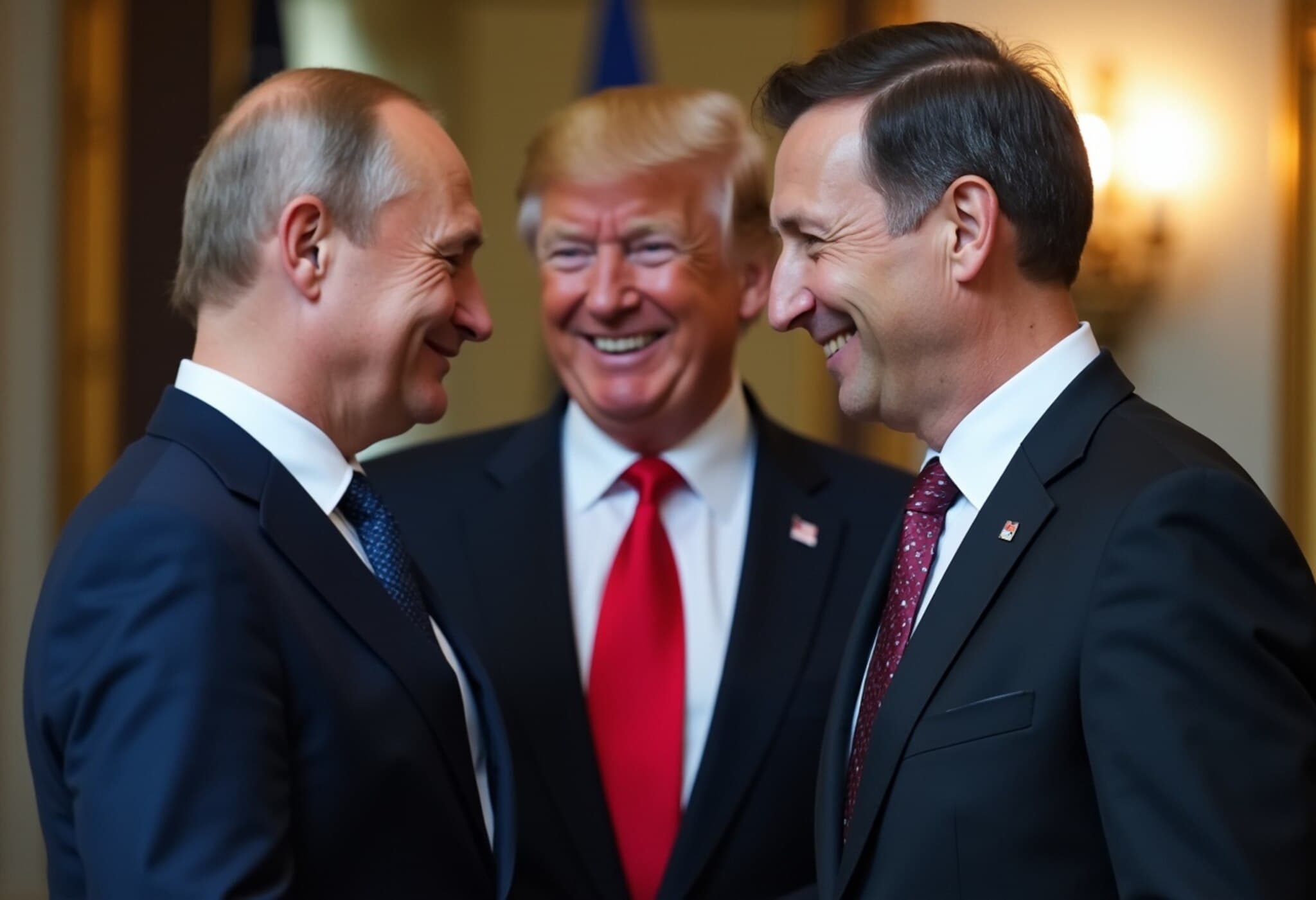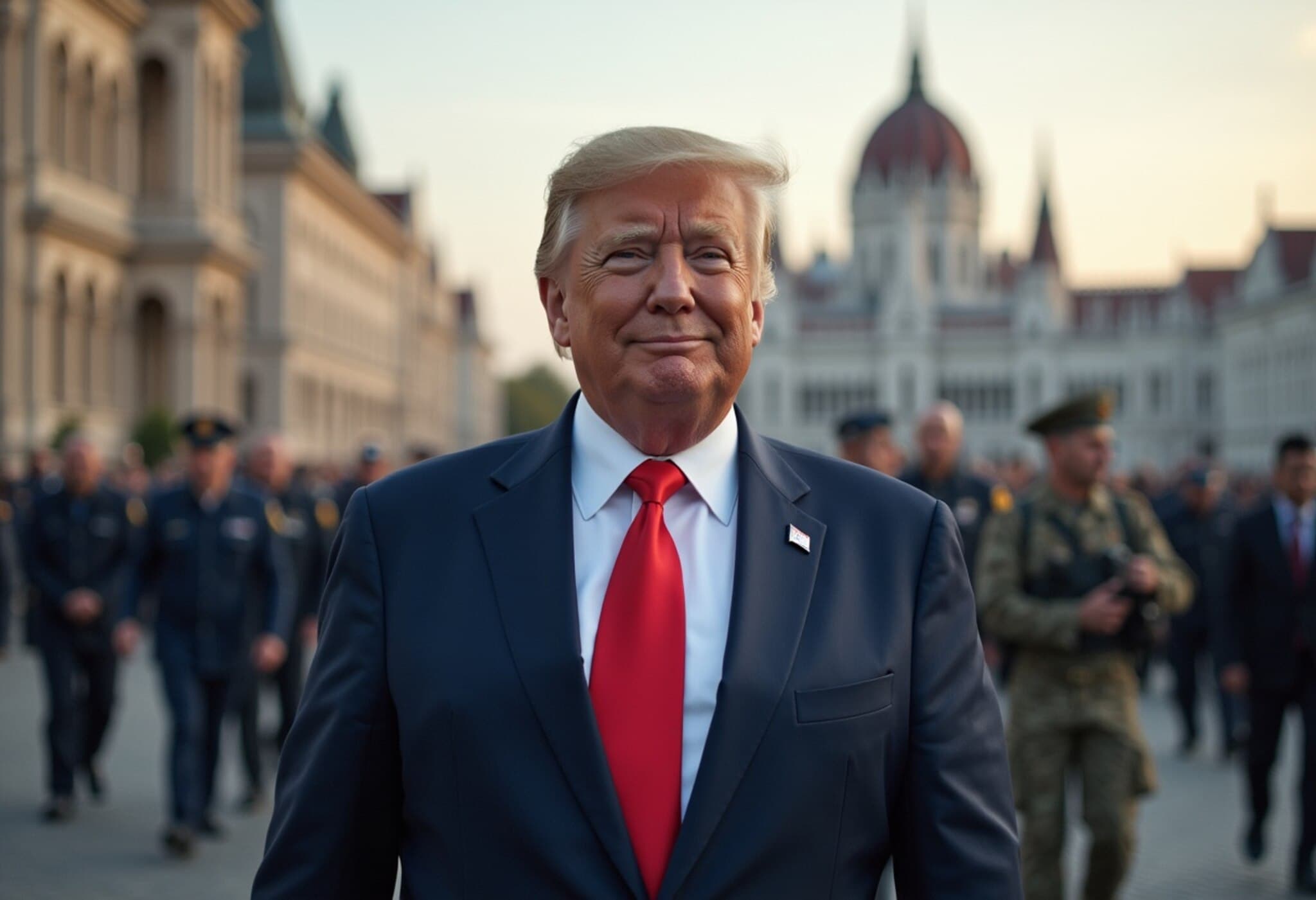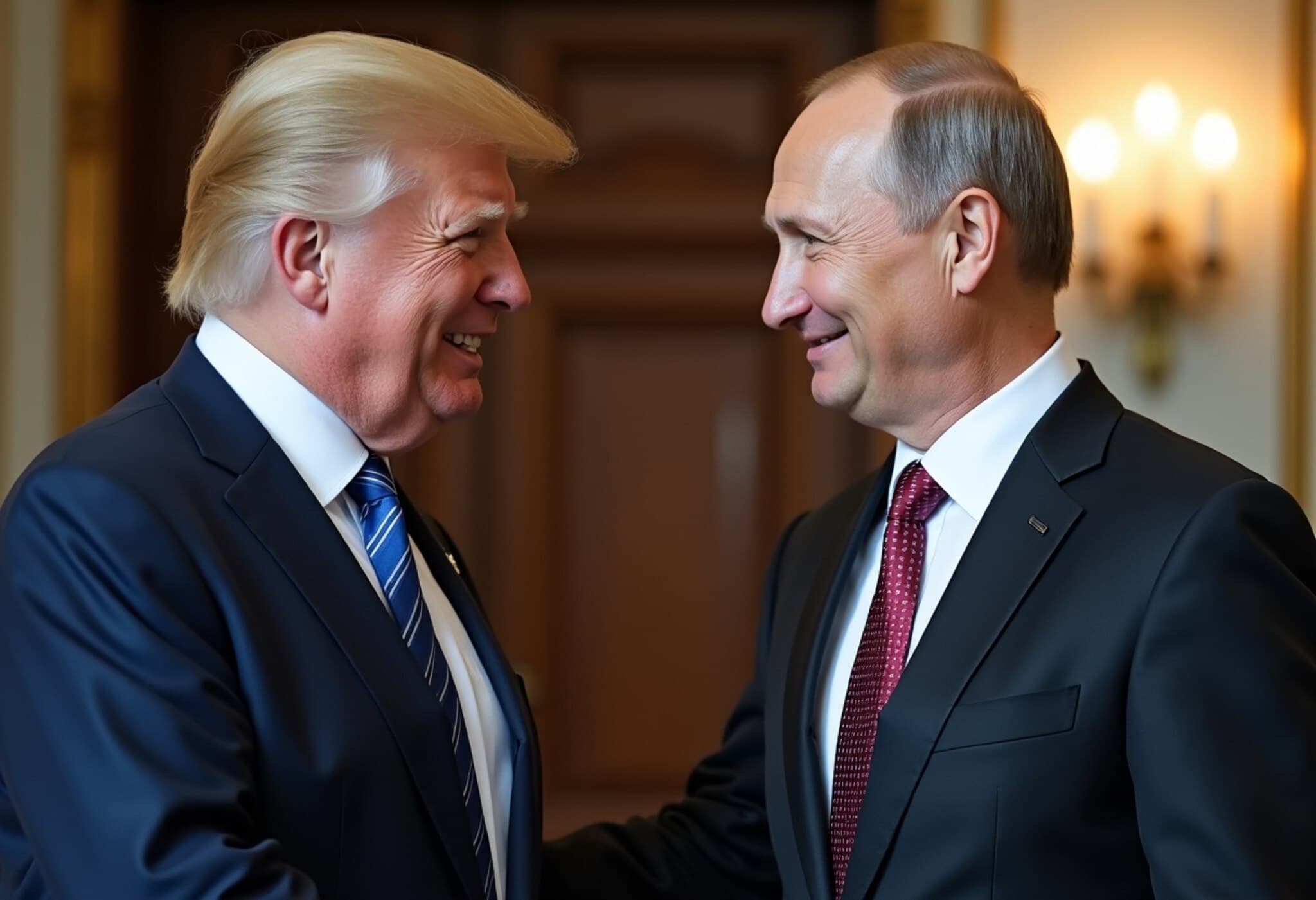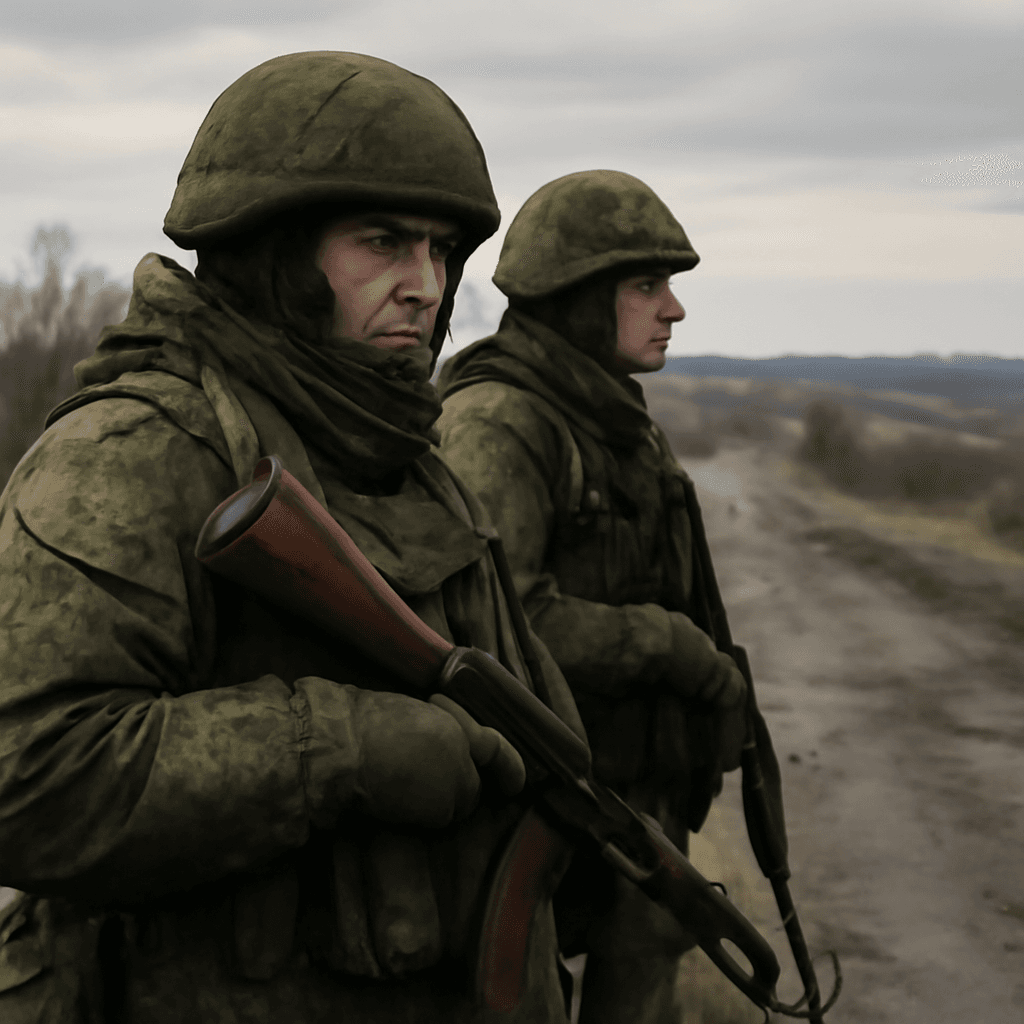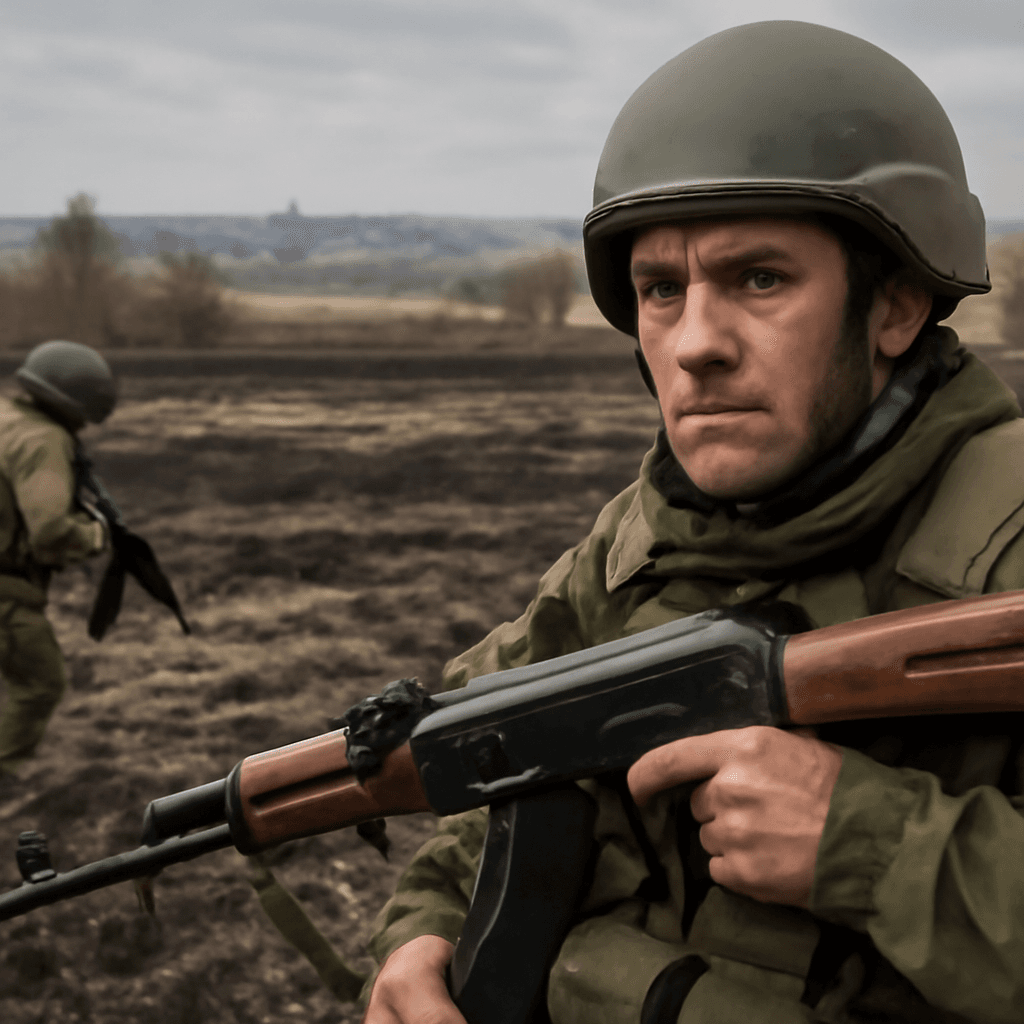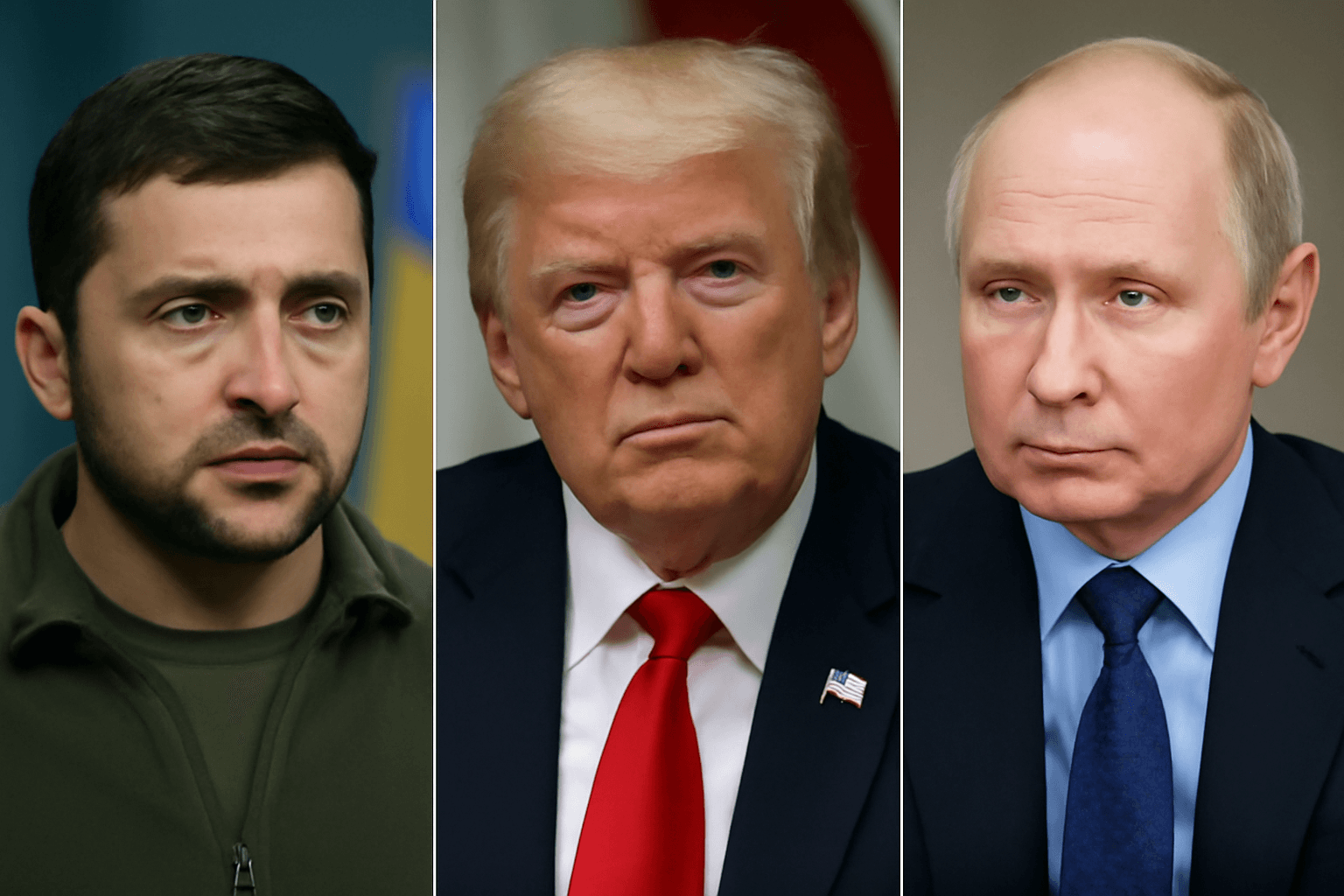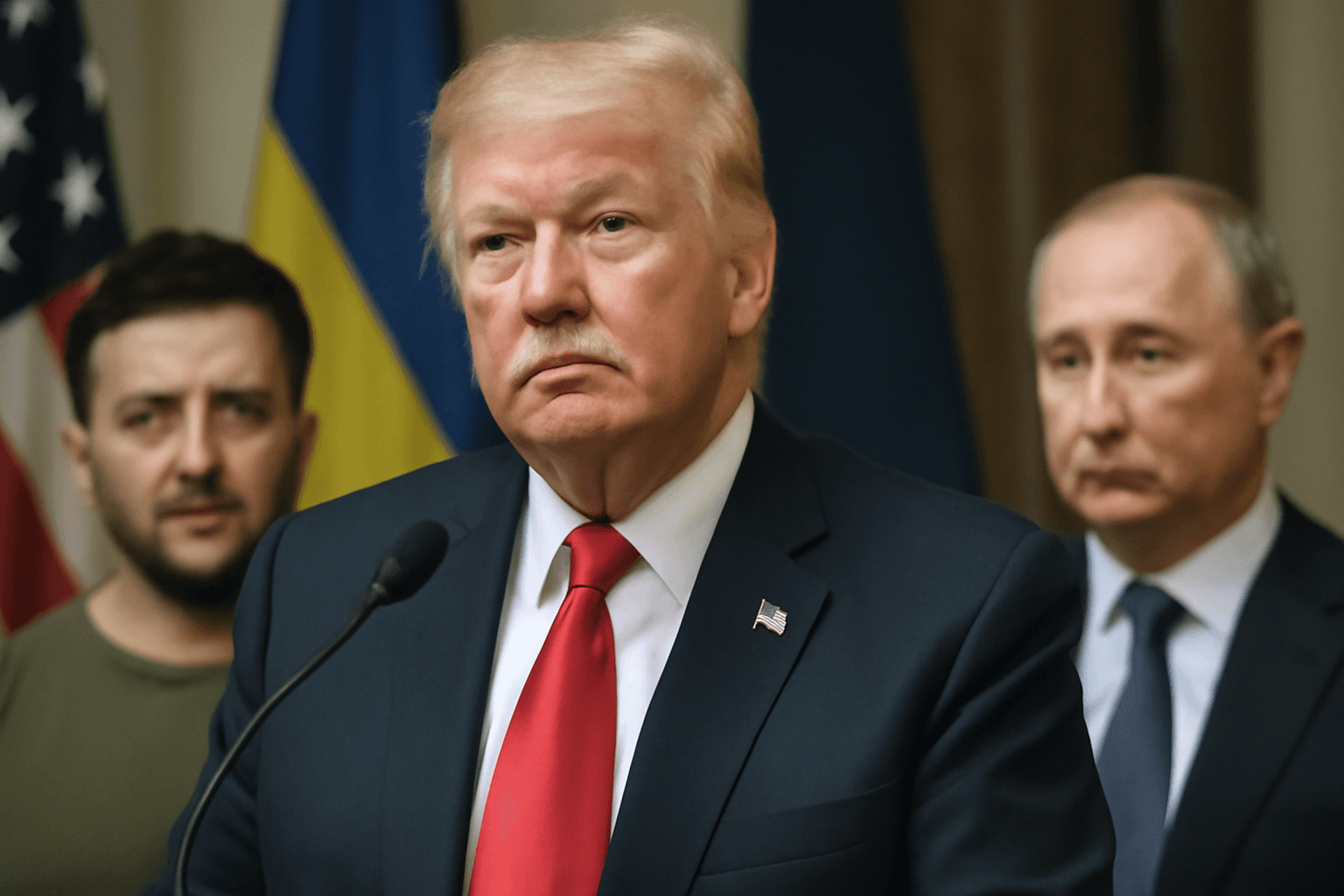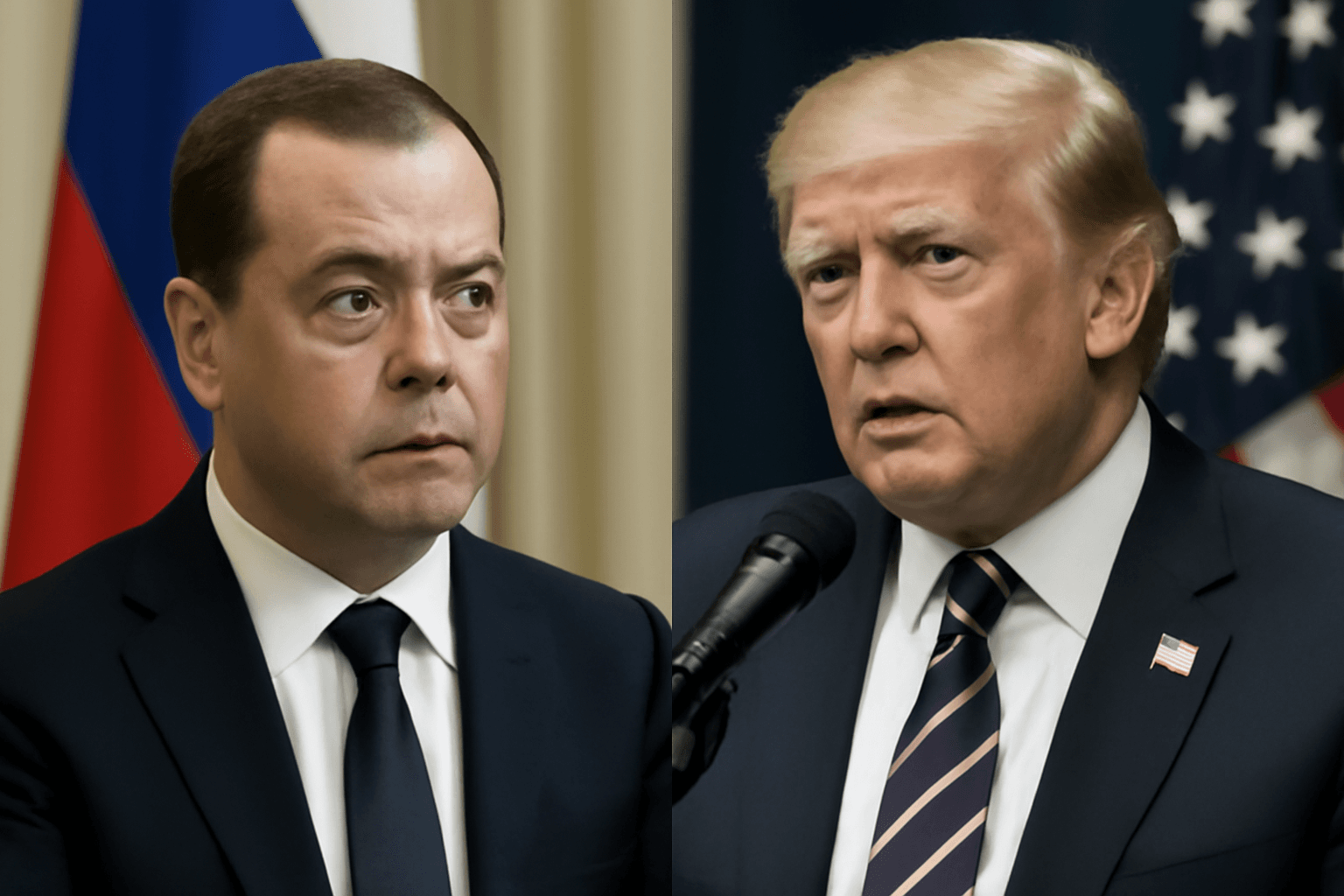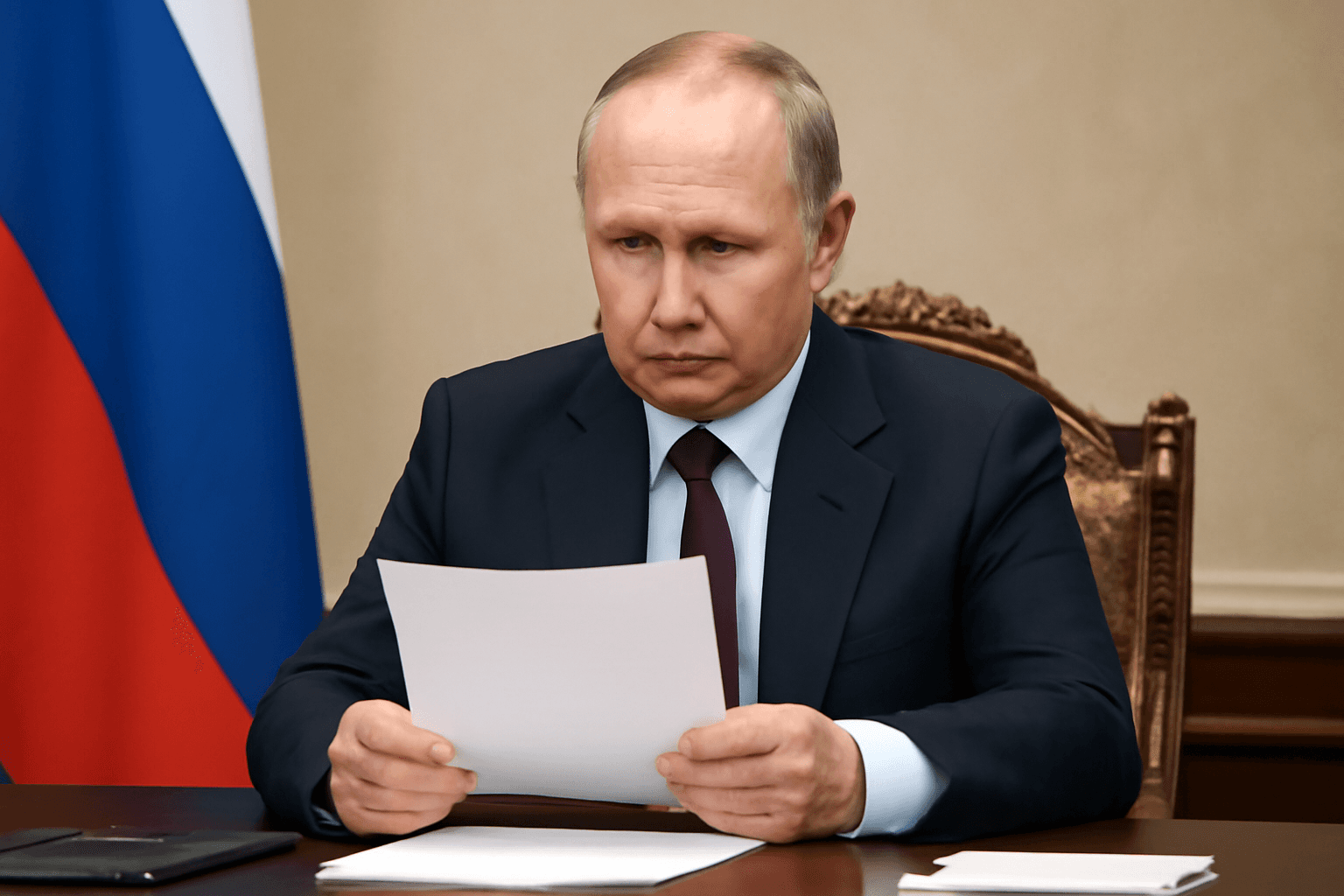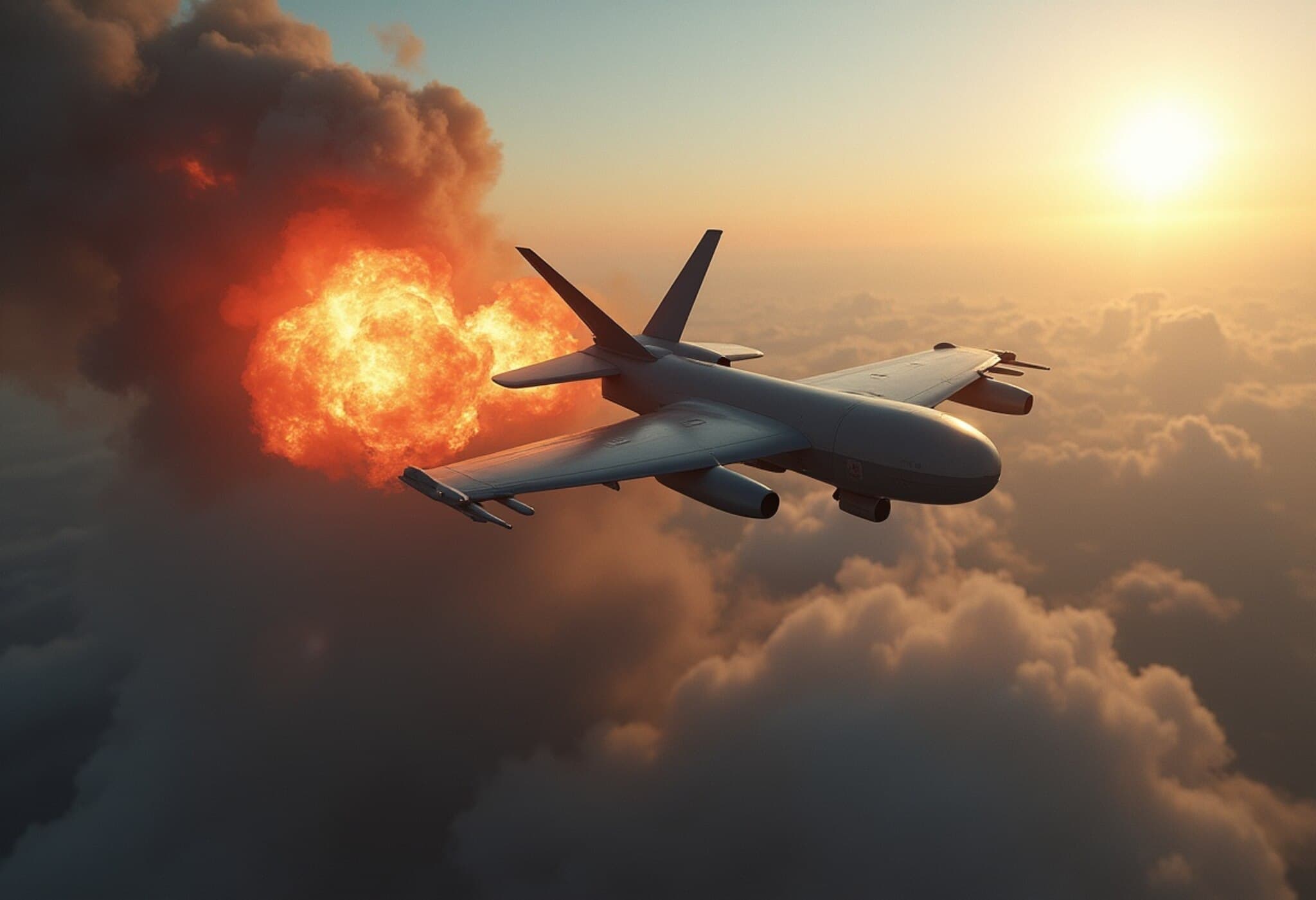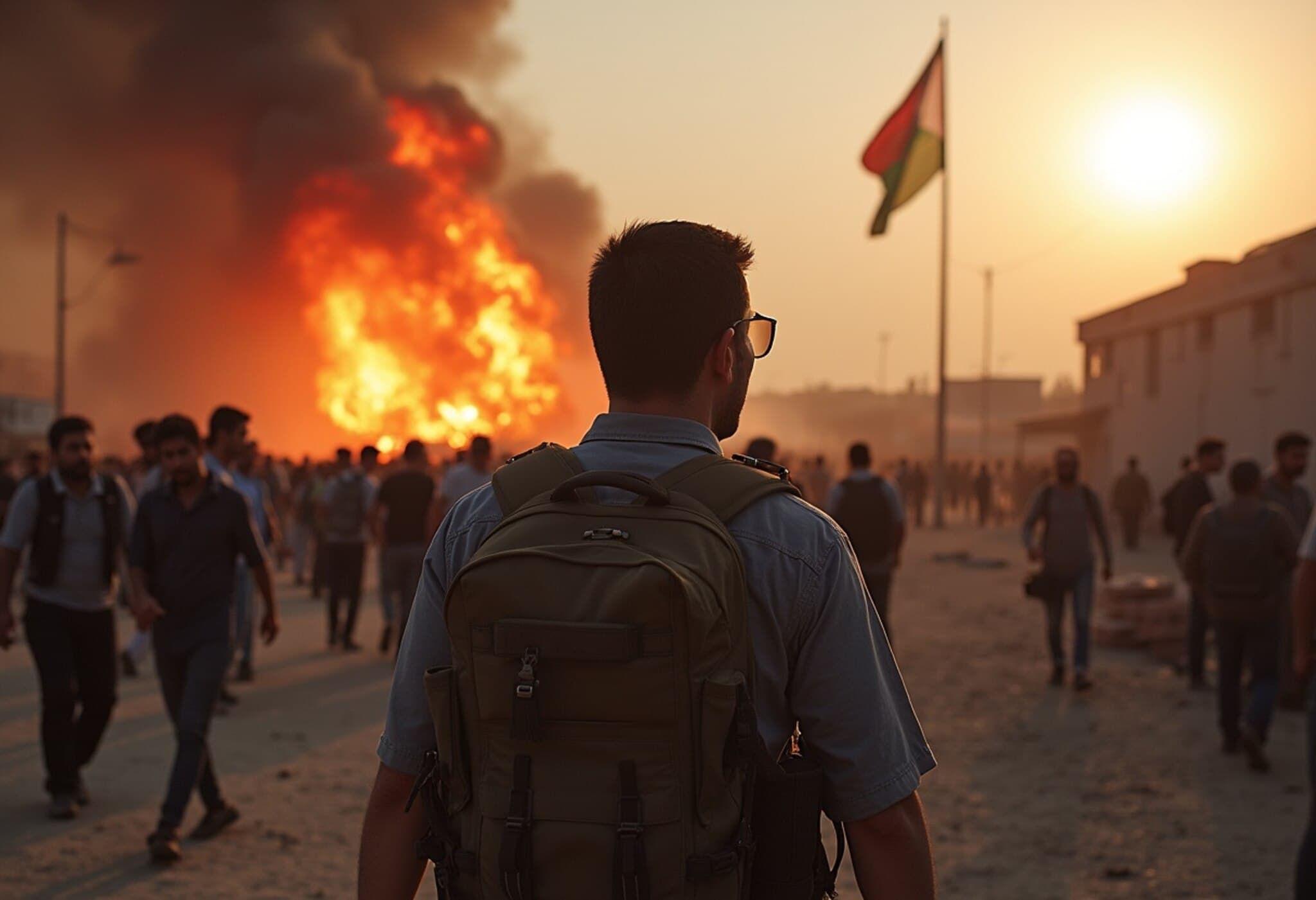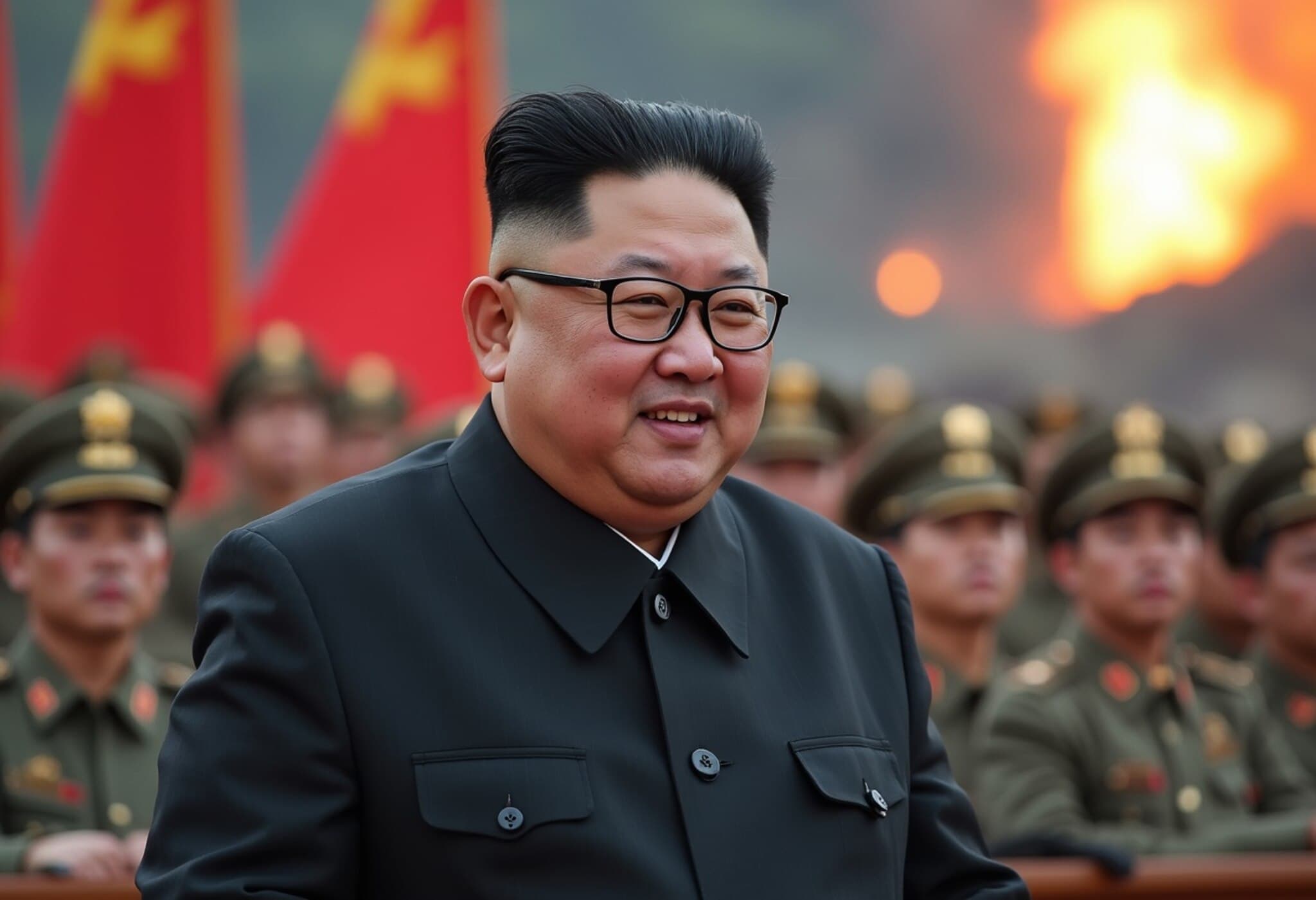Trump Suggests Trilateral Peace Talks with Russia and Ukraine
In a significant diplomatic development, former U.S. President Donald Trump floated the idea of a direct trilateral meeting involving himself, Russian President Vladimir Putin, and Ukrainian President Volodymyr Zelenskyy. The goal: to explore avenues for bringing an end to the devastating conflict between Russia and Ukraine.
Meeting at the White House Signals Potential Diplomatic Shift
During a joint appearance alongside President Zelenskyy at the White House, Trump expressed cautious optimism about the prospect of trilateral talks. “We’re going to have a meeting. I think if everything works out well today we’ll have a trilateral, and I think there will be a reasonable chance of ending the war when we do that,” Trump remarked.
Zelenskyy, visibly appreciative, publicly thanked Trump for hosting the pivotal discussions and underscored the importance of collective efforts to halt the ongoing bloodshed. The Ukrainian leader also revealed plans to include European leaders in subsequent talks, underscoring the international community’s shared commitment to peace.
Ceasefire Not Essential to Peace, Says Trump
In a departure from conventional peace negotiation frameworks, Trump challenged the notion that a ceasefire must precede peace talks. “I don’t think you need a ceasefire,” he said, acknowledging that while a cessation of hostilities would be ideal, strategic considerations might deter either side from agreeing to one.
This perspective raises eyebrows in diplomatic circles, as traditional conflict resolution heavily relies on at least a temporary halt in fighting to build trust.
Possible U.S. Military Role and Long-Term Peace Prospects
Trump also hinted at continued American involvement in ensuring Ukraine’s security, including the possibility of deploying U.S. troops or peacekeepers. “When it comes to security, there’s going to be a lot of help… Europe is the first line of defense because they’re there, but we’re going to help them out also; we’ll be involved,” he said.
Pressed on whether Monday’s dialogue signaled the end of U.S. support for Ukraine, Trump firmly rebutted the notion, reiterating that efforts to halt the conflict would persist. “I can never say that; it’s never the end of the road. People are being killed, and we want to stop that,” he added.
Zelenskyy’s Stance: Emphasizing Diplomacy Without Concessions
While Trump entertained the possibility of redrawing Ukraine’s borders as part of any settlement, Zelenskyy sidestepped that sensitive issue. He highlighted the ongoing Russian missile strikes as evidence of Moscow’s bad faith and emphasized that diplomacy must prevail to end the war.
He expressed willingness to consider elections in peaceful conditions post-conflict but noted the current suspension of elections under martial law in Ukraine.
European Leaders Rally Support Amidst Ongoing Tensions
The high-stakes meeting coincided with a significant gathering of European leaders in Washington—including representatives from the UK, Germany, France, Italy, Finland, the European Union, and NATO. The bloc seeks to demonstrate unified support for Ukraine and advance enforceable post-war security assurances.
However, skepticism surrounds Trump’s proposals, with many fearing a ceasefire might cater more to Moscow’s strategic interests than Kyiv’s sovereignty and territorial integrity. The shadow of past concessions in Crimea and Donbas looms large, as does Ukraine’s demand for a lasting peace that does not compromise its independence.
Continuing Conflict Clouds Prospects for Peace
Russia’s relentless missile attacks on Ukrainian cities continue to cast doubt over the peace process. Kyiv has condemned these strikes as deliberate attempts to derail diplomacy, adding urgency to international efforts to broker a ceasefire.
Expert Analysis and Context
From a U.S. policy perspective, Trump's proposal signals a potential recalibration of American engagement in Eastern Europe, mixing elements of direct negotiation with cautious commitments to military support. His flexible stance on ceasefire prerequisites challenges established diplomatic norms, highlighting the complex balance between military strategy and peace diplomacy.
For America, maintaining credibility with allies hinges on transparent commitment to Ukraine's sovereignty without appearing to acquiesce to Russian territorial ambitions. Conversely, European partners’ concerns about any deal perceived as favoring Russia underscore the critical need for a multilateral approach ensuring enforceable security guarantees.
Furthermore, the suggestion of deploying U.S. peacekeepers raises complex questions about America's long-term military involvement and the political will in Washington, especially considering domestic and geopolitical implications.
Looking Ahead
As talks continue to unfold, key questions remain:
- Can a peace agreement be forged without an initial ceasefire, or will fighting perpetuate mistrust and sabotage negotiations?
- How will the U.S. balance diplomatic overtures with commitments to Ukraine’s defense and territorial integrity?
- Will European allies support a flexible peace framework that may involve compromises previously rejected by Kyiv?
- What role might international organizations like the UN play in monitoring and enforcing any ceasefire or peace deal?
The coming weeks will be critical in determining whether diplomacy can override the entrenched conflict, or if geopolitical fault lines deepen further.

